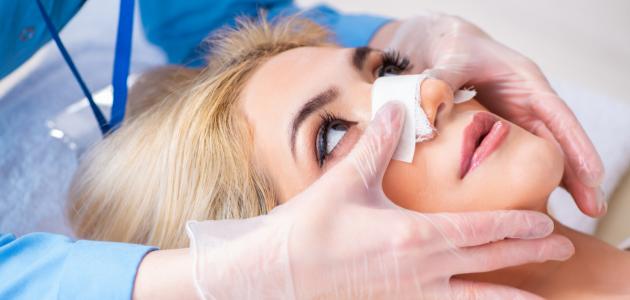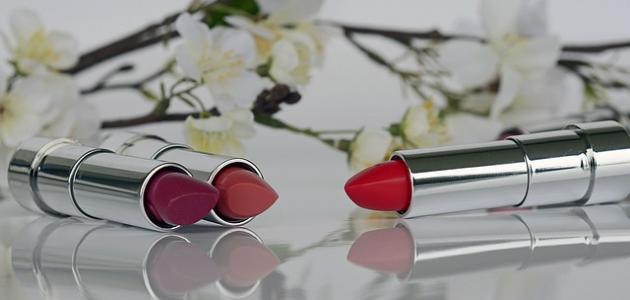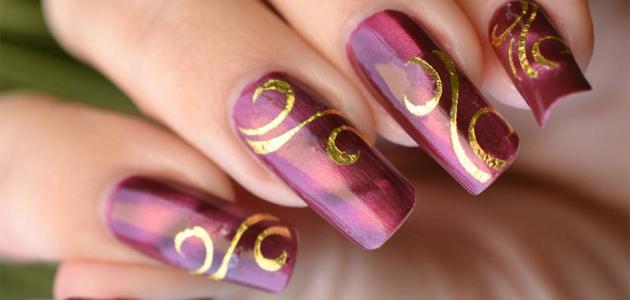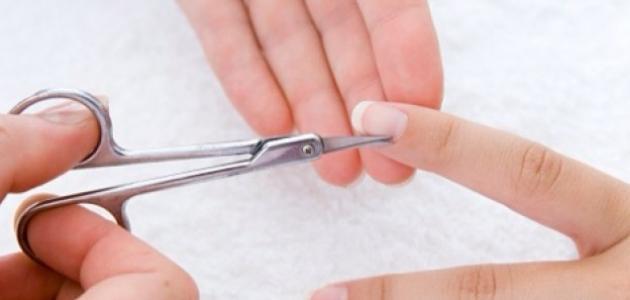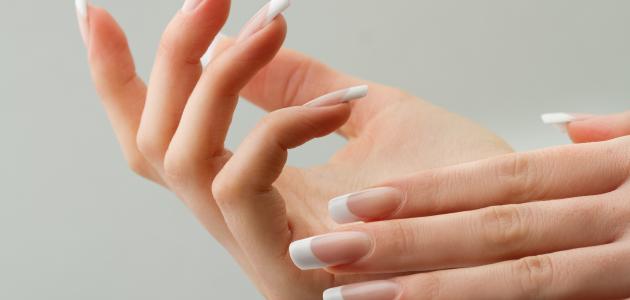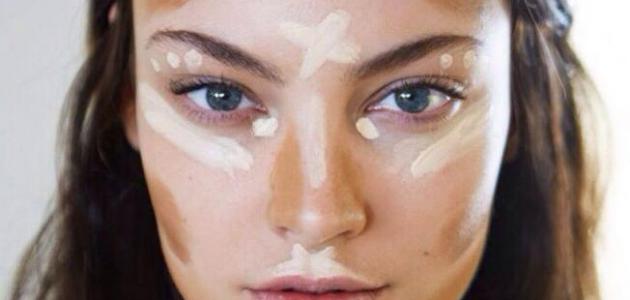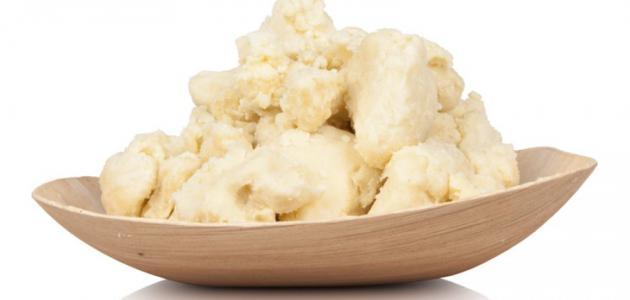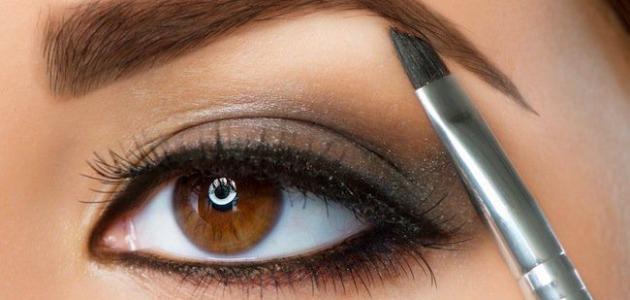Post rhinoplasty
In fact, recovery and returning to normal life after undergoing rhinoplasty or rhinoplasty (in English: Rhinoplasty) takes time, and it may vary from each person to another. Although it usually takes 7-10 days for a person to return to his normal life after the operation, some people may need a period of up to two weeks, and during this period the individual is advised to take a break from the workplace or study, and it is also important to avoid Exposure to any allergenic or sneezing materials. It is worth noting that the individual is expected to feel better day after day during this period. In general, the most important aspects that the person undergoing rhinoplasty should know during the recovery period and beyond can be stated as follows:
Side effects after rhinoplasty
There are a number of side effects expected in the short period following rhinoplasty, which are often only a temporary source of inconvenience for the person undergoing the procedure, and they can be described as follows:
- Anesthesia problems and side effects: It is often necessary to place the person undergoing rhinoplasty under general anesthesia, and it is normal for the individual to feel discomfort, dizziness, and nausea after waking up from general anesthesia. However, despite the side effects associated with general anesthesia, medical care and medical progress in this field have contributed greatly. To relieve discomfort and nausea after anesthesia.
- Pain and discomfort: Pain after rhinoplasty is mild to moderate, and can be controlled with analgesic treatments prescribed by the doctor, and the severity of the pain usually begins to decrease within 72 hours after the operation.
- Swelling and puffiness in the face: The appearance of bruises and the amount of swelling occurring in the nose and the area around the eyes after surgical rhinoplasty varies from one person to another, and also depends on the nature of the cosmetic procedure in the nose. For example, if the modification performed is limited to modifying the front of the nose, the swelling is often very slight.
- Bloody discharge from the nose: Bloody secretions are expected after any surgery performed on the nose, so the doctor usually places a mustache-shaped bandage or gauze under the nose for a day or two to solve this problem.
- Nasal congestion: Nasal obstruction is one of the most annoying problems for those undergoing rhinoplasty, and is most severe in the first week after the operation. However, it often improves significantly after removing the nasal stents, and any remaining feeling of obstruction gradually subsides after that.
- Increased mucus secretions: It is usual for the person undergoing rhinoplasty to feel congestion or mucus in the throat after the procedure. This is due to the effect of the stents installed inside the nose, which stimulate the nose to secrete more mucus. However, this discomfort disappears after the nasal stents are removed.
- Feeling numb in the nose and mouth: Rhinoplasty causes a temporary disturbance in the nerves in the area, specifically in the front of the nose, the front teeth, or the roof of the mouth. It is worth noting that normal sensation in the area often returns during the weeks following the operation, or it may require several months in some rare cases.
- Noticing changes in the sense of smell and taste: Changes in the sense of smell and taste are normal during the recovery phase after rhinoplasty, but these changes are often temporary and disappear one to two weeks after the operation.
Instructions after rhinoplasty
The doctor usually places medical tape and external bandages on the nose after the operation. To maintain the new shape of the nose during the initial recovery phase, the doctor may install a plastic or metal brace inside the nose if necessary. He may also fill the nostrils with gauze or cotton bandages if the operation involves Surgical procedure is any procedure on the nasal septum. In addition, the doctor undergoing the operation recommends following some instructions and advice, as follows:
Read also:How do I look better?Surgical wound care
Among the tips the doctor gives for caring for the surgical wound are the following:
- Make sure that the medical tape that the doctor placed on the nose remains in place.
- Change the bandage that the doctor placed under the nose to absorb bloody secretions frequently as necessary.
- Avoid blowing your nose as much as possible for a week after the procedure.
- Do not wear glasses until the nose heals after the operation, that is, for approximately two months, but it is allowed to use eye contact lenses in the meantime.
- Apply the ointment recommended by the doctor if there is an external surgical wound between the nostrils, using a cotton swab three times daily until the threads used to close the external surgical incision dissolve, for about a week.
- Make sure to inspect the surgical wound - if any - and check for any signs of infection.
- Do not apply any cosmetics to the surgical wound - if any - until the doctor allows it.
- After removing the external bandages, it is permissible to wash the hair and face, while trying to avoid water reaching the surgical abutment or the internal nasal abutment. If some water reaches it during that time, it will not cause any problems or cause any harm to it, but it is prohibited to apply water directly to the internal abutment. .
- Avoid exposing the operation wound - if any - to direct sunlight for about a year. During that period, a sunscreen with a protection level of no less than 30 should be applied, because exposure to the sun makes the operation wound more visible.
- Start using nasal saline solution a day or two after the operation, at least four times a day or as needed.
How to relieve swelling and puffiness
After the operation, people usually feel a slight swelling that may last for 3-12 months, and therefore it is recommended to be patient until this period has passed. Below is a statement of some of the most prominent tips that may help reduce swelling and puffiness after undergoing rhinoplasty:
Read also:Nail breakage causes and prevention- Apply cold compresses: This is done by using compresses and applying them to the forehead, cheeks, and eyes area. Taking care not to place it directly on the nose to avoid nosebleeds or any displacement of bone or cartilage as a result of the pressure placed on the nose if ice is applied directly to it. Cooling the area for 24-72 hours after the procedure helps reduce swelling by reducing Blood flowed to her.
- Facilitating the flow of fluids collected in the swollen areas of the nose: This is done by using at least two pillows to raise the head, which helps relieve accumulated fluids and thus reduces inflammation and swelling.
- Drinking water: After the operation, people are usually advised to drink plenty of water. Because of its benefits in enhancing the work of the circulatory system and the lymphatic system, which contributes to the body’s ability to reduce fluid accumulation in the nasal area.
- Avoid salt: It is recommended to avoid eating salt and foods and drinks rich in sodium. This is to avoid fluid retention, which increases the severity of swelling and puffiness.
- Keep away from heat: This is done by avoiding prolonged bathing with hot water, using sauna rooms, or anything that may expose the body to high temperatures, as these may lead to loosening of the bandages placed before they are removed, in addition to the fact that high heat increases puffiness and swelling.
Instructions related to physical activity
After rhinoplasty, people are usually advised to take some instructions to prevent the body from being exposed to physical stress. One can walk as much as the person wants, but it is advised to avoid running or performing any aerobic exercises, in addition to avoiding carrying children. Anything weighing more than five kilograms, and it is also worth avoiding bending forward and lowering the head.
Read also:How to get rid of dark lipsDiet and smoking
Determining the diet during the first 24 hours after the operation aims to reduce the side effects of anesthesia. This is done by eating light and cold food and drinks, such as soft water, crackers, and ginger drink. People can return to following their usual diet after the first week after the operation. During this first week, it is recommended to eat easy-to-chew foods such as mashed potatoes, juices, oatmeal, and soup, in addition to avoiding Hot and spicy foods and drinks; As it may increase the bloating and swelling associated with the operation, and smoking greatly affects the outcome of the operation through its effect on the blood vessels, and therefore people should avoid smoking two weeks before the operation in addition to two weeks after the operation.
doctor review
People should visit their doctor frequently after the procedure to receive follow-up care. The doctor removes the nasal packing several days after the operation, removes the sutures to narrow the nostrils after three days, and ensures that all the sutures are removed or dissolved within 14 days of the operation. However, it should be noted that there are some symptoms and signs that require returning to the doctor. If they appear, here is a list of some of the most important ones:
- Increased redness in the area around the wound.
- Feeling severe pain that does not ease despite the use of painkillers.
- Having side effects of one of the medications, such as skin rash, nausea, vomiting, and headache.
- Body temperature measured orally exceeds 38°C.
Waiting for the results of rhinoplasty
The apparent changes to the nose are often evident after the swelling goes away, and they cause a noticeable aesthetic change in the individual’s external appearance. This is despite the fact that the changes that the doctor makes to the structure of the nose usually do not exceed a few millimeters, but completing the final appearance of the nose requires a period of time. It may take up to a year, during which many slight gradual changes will be observed in the shape of the nose until it reaches its final and permanent shape. Therefore, the doctor can be consulted after a year of rhinoplasty to discuss with him the results of the operation and the shape of the nose. It should be noted that in cases where the subject of the operation requests more Changes in its shape, and thus undergoing another surgery, require waiting a period of no less than one year from the first operation before performing any other rhinoplasty operation.
Complications of rhinoplasty
In addition to the importance of following the approved surgical steps and techniques, rhinoplasty depends on the experience and skill of the plastic surgeon so that the subject of the operation obtains the desired results and avoids any errors or complications after the operation. It is also necessary for the subject of rhinoplasty to follow all instructions and recommendations ordered by the doctor to prevent the occurrence of These complications, and in general it can be said that rhinoplasty is relatively safe, and the possibility of complications occurring after it is very rare, including the following:
- Complications in the near term: Rhinoplasty may lead to some complications in the short term, but their occurrence is very rare. Examples include: postoperative nasal bleeding, infection, and slow healing of the surgical wound.
- Long-term complications: Rhinoplasty may lead to some long-term cosmetic or functional complications in some rare cases. The following is a statement of some of the complications that a person undergoing the procedure may suffer from:
- A feeling of permanent numbness in the nose and surrounding area.
- A medical error may occur that can cause morphological defects in the nose, and therefore we stress the importance of undergoing rhinoplasty by a skilled doctor with long experience.
- Feeling constant pain in the nose, in addition to changes in its color or continued swelling and swelling.
- The need for another surgery to correct a breathing problem that arose after undergoing rhinoplasty or if you are not satisfied with the final result of rhinoplasty.
Information about rhinoplasty
Rhinoplasty is one of the common cosmetic options that people who are dissatisfied with the appearance of their nose resort to. It includes changing the size of the nose so that it becomes larger or smaller, or making some modifications to the external appearance of the nose, including the nostrils, or modifying the angle at which the nose meets the mouth. In addition to the cosmetic benefit provided by this type of operation, it is resorted to in the event that the nose is exposed to an injury or disease that affects its external appearance or function, and in some cases in which the person faces breathing problems related to the nose.
